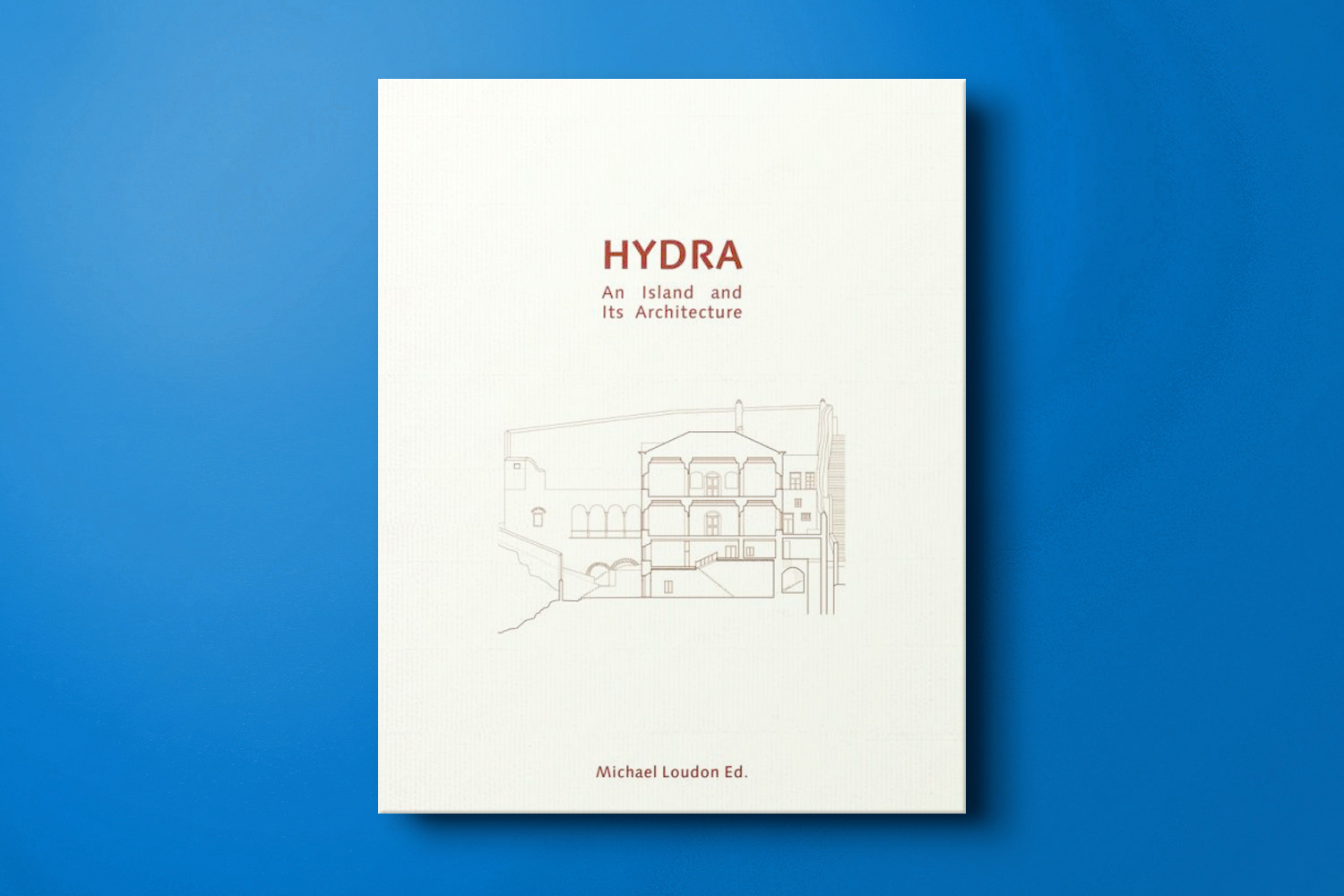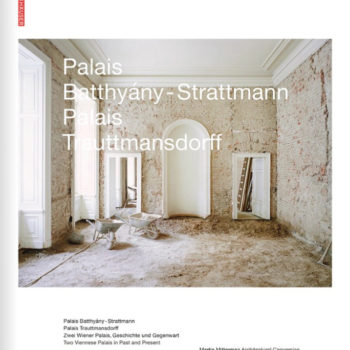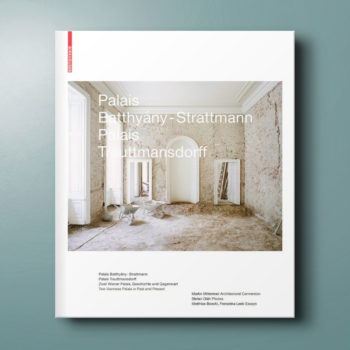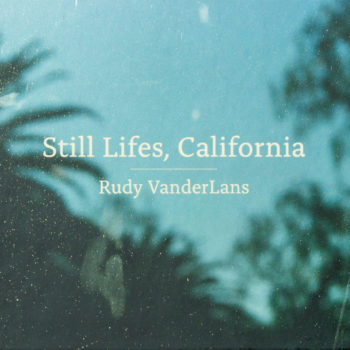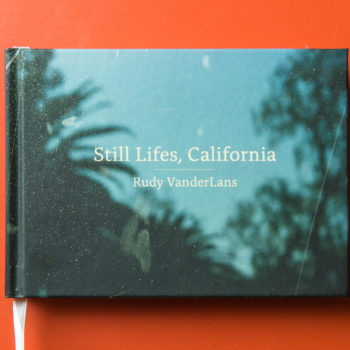Hydra is one of those magical places like Venice, Brugge and the temple districts of Kyoto that seem to exist as intact self-contained collections of historic buildings that are still in use. This is, in part, due to Hydra’s being an auto-free island and to the natural restrictions of its terrain that determined the limits of its organic urban growth. It is, in part, due to strict building codes and conservation laws that have restricted the unrestrained proliferation of vacation houses. But it is not to be overlooked that it is the architecture of the buildings themselves that gives Hydra its unique character.
It is the aim of this study to look closer into the architectural elements and typologies that determine the morphology of Hydra’s buildings. To do this we have documented a number of individual buildings and in a final section have collected those recurring elements that help to make up Hydra’s architecture.
The houses shown are as a rule historical but some are recently constructed conjectural interpretations of the house that once stood on the site. These were included to give an idea of how new construction is integrated into the existing urban context. Besides domestic buildings we have included examples of a monastery, a chapel, taverna and a turn of the century neoclassical commercial building to give a better idea of other building types and their usage.
| Autor | |
|---|---|
| Einbandart | |
| Erscheinungsjahr | |
| Herausgeber | |
| Maßeinheit | |
| Seitenanzahl | 382 |
| Beschreibung | Englisch |
| Untertitel | An Island and Its Architecture |
Artikelnummer: liawolf-9783851611946
Kategorien: Architektur, Kulturgeschichte
Schlüsselworte: Griechenland, Insel, out of print, Stadtentwicklung, Stadtgeschichte, Vergriffen
Ähnliche Produkte
-
-
Heinrich Kühn: Die vollkommene Fotografie
€ 180,00
Enthält 10% Mehrwertsteuerzzgl. VersandLieferzeit: nicht angegeben

